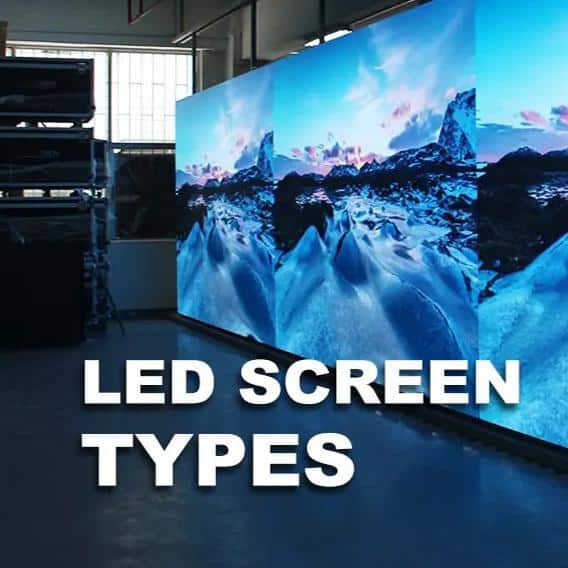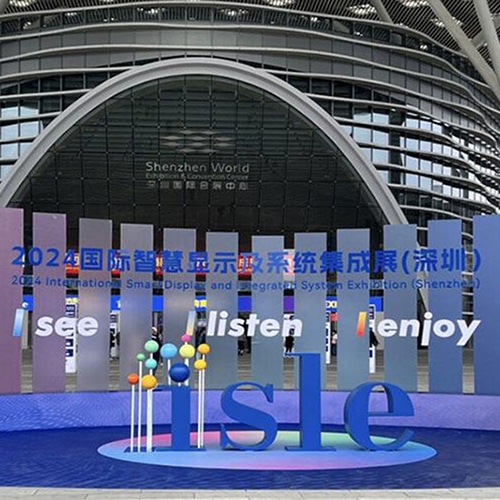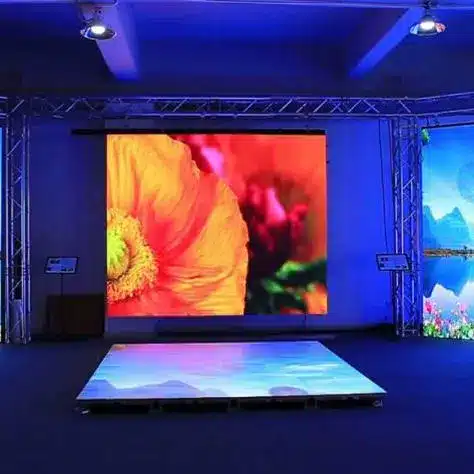A stage LED screen is essentially a large display located at the rear of the stage, capable of showcasing videos or images, thereby serving as a versatile backdrop. Its popularity has surged in both indoor and outdoor venues due to benefits such as cost-effective maintenance, customization options, and the artistic appeal it provides. Consequently, many venue operators and performers opt for stage LED screens to elevate their productions.
If you are managing a venue or simply interested in stage technology, you may have questions about the benefits of stage LED screens, including their advantages and disadvantages. This article aims to clarify those aspects, enabling you to decide whether incorporating a stage LED screen is beneficial for your needs.
Varieties of Stage LED Screens
Stage LED screens can generally be categorized into two types based on their usage environment: indoor and outdoor screens. Additionally, there are three primary formats available: LED walls, LED floors, and LED curtains.
For indoor applications, LED video walls offer solutions tailored to various settings. Meanwhile, outdoor LED walls create powerful visual experiences, ideal for concert backdrops or stadium scoreboards.
Selecting the appropriate LED floor for an event can be overwhelming due to numerous choices. However, LED floors offer key characteristics that simplify the decision-making process. These screens come in various sizes, making them suitable for both small gatherings and large events. Since they consist of individual square panels, transporting them through doorways is not a concern.
LED curtains enhance the stage by blocking outside light and introducing vibrant LED effects. Advanced LED video curtains can showcase different lighting transformations, adding limitless artistic value. Mesh-type curtains are flexible and can be customized into various shapes, making them ideal for diverse applications.
LED Displays Across Different Stages
Stage performances are central to the cultural entertainment sector, and advancements in technology have expanded creative possibilities. LED screens are widely utilized onstage to enhance audience engagement and convey performance content. Stage designers and performers prefer LED screens for their high resolution, brightness, and adaptability, contributing to an immersive viewing experience.
1. Outdoor Stages
Many outdoor LED displays are designed with weather-resistant features, ensuring a captivating visual experience for audiences at concerts or events. The goal is to maximize the visual impact on stage while providing an unforgettable experience for attendees.
2. Theater Stages
In theater productions, opera, or musicals, powerful visuals can significantly influence emotional responses. LED displays can be used effectively for background effects, live video feeds, and interactive elements, enriching the audience’s connection to the performance.
3. Concert Stages
LED screens on concert stages enhance the experience for every audience member, ensuring visibility even from the back of large venues. They effectively communicate what’s happening on stage, making them essential for large crowds.
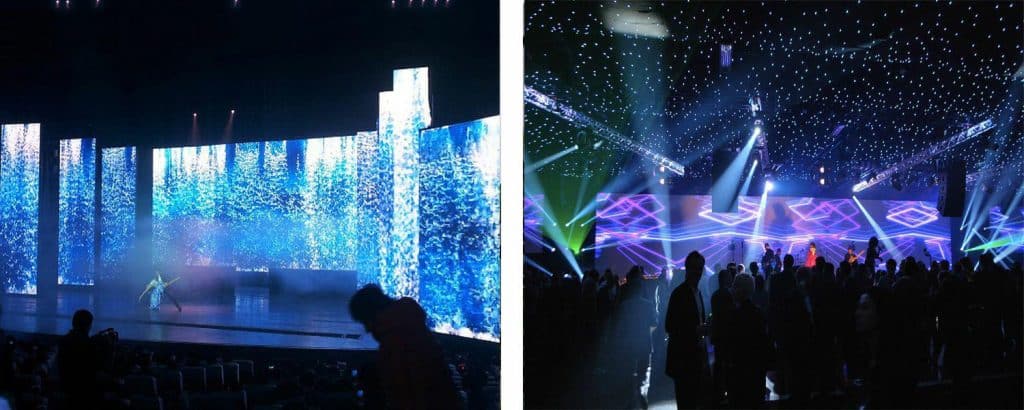
LED Displays Versus Traditional Stage Lighting
1. Cost-Effectiveness
Though the initial investment in an LED screen may seem high, they often prove to be more economical over time due to lower maintenance requirements compared to traditional stage lighting. The recurring costs associated with maintaining conventional lighting can accumulate quickly, with replacement bulbs often exceeding $4,500.
2. Versatility
One key advantage of stage LED screens is their customization potential. Although these displays come in predefined sizes, they can be arranged in various configurations around the stage. This modularity also facilitates easier storage when the screens are not in use.
3. Artistic Expression
Stage LED displays eliminate the need for physical props. They can project any required visuals, enhancing the audience’s experience and fueling their imagination by blending live performances with digital imagery.
Key Considerations When Purchasing Stage LED Displays
As you consider acquiring a stage LED display for your venue, here are the top three factors to keep in mind:
1. Weight
Evaluate the weight of the LED display. A lighter screen is advantageous if frequent transport or repositioning is necessary.
2. Portability
Consider how the screen is constructed. Is it easy to store or transport? Can it be divided into smaller sections? Understanding these aspects will help you determine the practicality of moving and storing the display.
3. Stability
Investing in a stage LED display is significant. Therefore, be sure to research company reviews and verify the quality of materials used in the construction of the display.
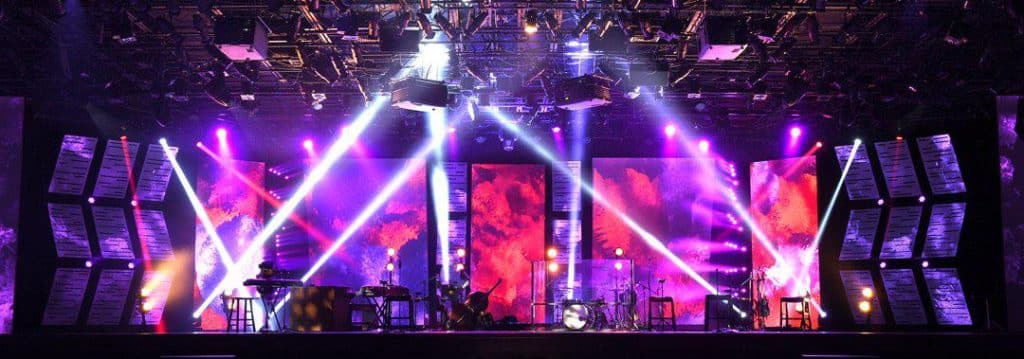
Pricing for Stage LED Displays
Pricing for stage LED displays varies by manufacturer. Some charge based on square footage while others consider both physical dimensions and resolution. It’s common to receive a free quote prior to making a purchasing decision.
Before finalizing your purchase, inquire about additional equipment and engineering services offered by the company. Will the screen include essential accessories like control systems and power distribution units? Does the company provide installation and delivery services? Clarifying these points will help you understand the total cost and what you will receive for your investment.
Why Choose Cailiang LED Displays for Your Stage?
Cailiang specializes in tailored solutions for various applications, including indoor, outdoor, rental, and sports events. Our experienced professionals have successfully customized LED displays for prestigious venues.
As we continue to innovate and enhance our comprehensive LED solutions, we invite you to partner with us.You can contact us

